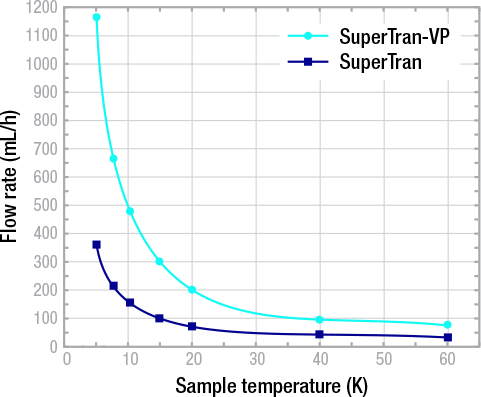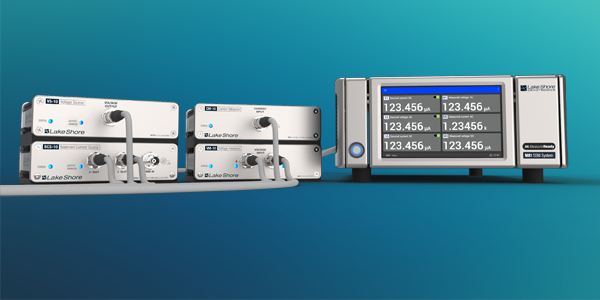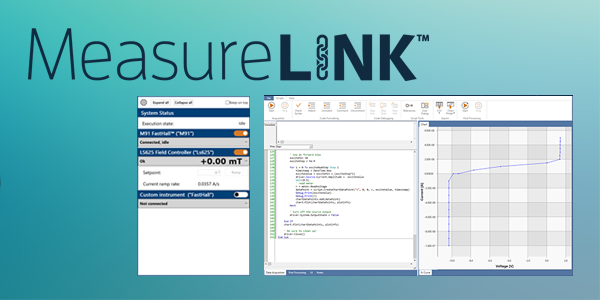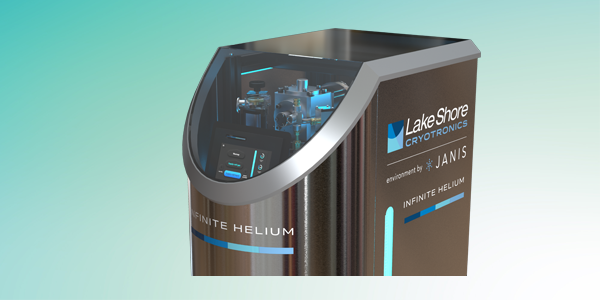ST-100 Series cryostats | ||
Lake Shore SuperTran ST-100 Series cryostats are continuous-flow cryostats with the sample located in vacuum. They operate with either liquid helium for operation to 2 K or liquid nitrogen for operation to 77 K and withstand high temperatures with options up to 800 K. A high-efficiency transfer line delivers liquid cryogen to the cold finger for cooling, and temperatures below 4.2 K can be achieved with a vacuum pump. By utilizing the built-in heater and 335 temperature controller, these cryostats offer precise variable temperature control within 50 mK. ST-100 Series cryostats can be combined with the RGC recirculating gas cooler for fully cryogen-free operation throughout the entire temperature range. This enables unattended cryostat operation, making it perfect for extended-duration measurements. Custom configurations are also available to fit restricted spaces, such as magnet systems or spectrometers, or to accommodate large samples, including semiconductor wafers and “cold plates” that cool multiple samples at once. ST-100 Series datasheet |  | |
| ST-100 | ST-100-H | |
|---|---|---|
| Temperature range | 2 K to 500 K | 2 K to 800 K |
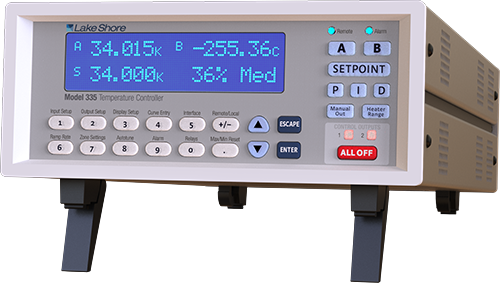 Every cryostat comes with a Lake Shore temperature controller and calibrated sensor
Every cryostat comes with a Lake Shore temperature controller and calibrated sensor
Complete your system
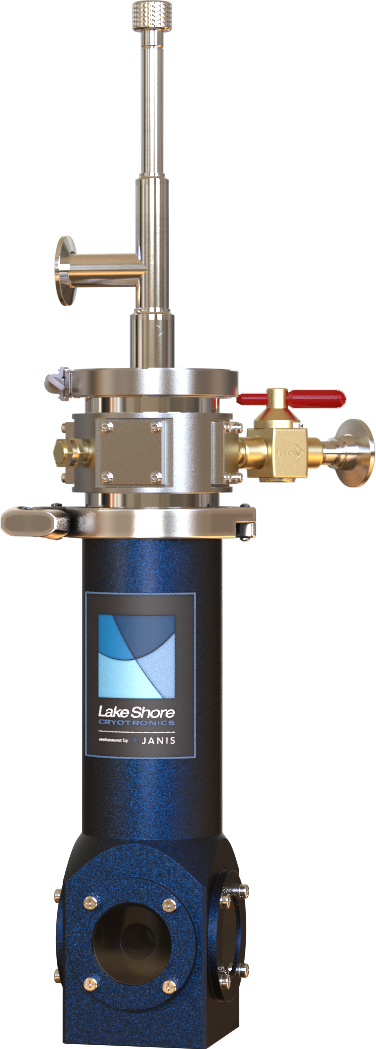
What are the main benefits of Environment by Janis cryostats?
Environment by Janis cryostats are well-regarded in scientific and industrial communities for high performance, flexibility, and reliability in cryogenic applications. Here are the main benefits:
Wide temperature range
Environment by Janis cryostats can achieve temperatures as low as 1.5 K, using either liquid helium, liquid nitrogen, or closed-cycle refrigerators (CCRs), making them suitable for a broad range of experiments, from basic research to advanced materials testing.
Robust standard models plus custom engineering
We offer many turnkey solutions and custom-engineered cryogenic systems tailored to specific research needs, including space-rated cryostats, vibration-isolated systems, and high-pressure and tensile testing setups.
Ease of use and maintenance
Liquid nitrogen Dewar cryostats are easy to use and provide a great entry-level system for many experiments. Cryogen-free models (CCR cryostats) eliminate the need for liquid helium or nitrogen, reducing long-run costs and cryogen sourcing issues.
Compact and efficient design
Many models feature compact footprints, quick sample cooldown, and efficient cryogen use, making them ideal for lab environments with limited space.
Global support and expertise
Environment by Janis offers worldwide support and has a team of experienced engineers to help configure systems for specific applications.
What is a cryostat used for?
A cryostat is a precision instrument used to maintain cryogenic temperatures for a range of scientific and industrial applications. In condensed matter physics and materials science, cryostats enable the study of superconductivity, quantum phase transitions, and low-temperature transport phenomena. In medical diagnostics, particularly histopathology, cryostat systems are integrated with microtomes to prepare frozen tissue sections for rapid intraoperative analysis. Cryostats are also essential in MRI systems, where they cool superconducting magnets to maintain high field stability. In astrophysics and space instrumentation, they are used to cool infrared detectors, minimizing thermal noise and enhancing sensitivity. Additionally, cryostats support cryogenic testing of electronic components and sensors in aerospace and semiconductor industries, as well as in large-scale experiments like particle accelerators and fusion reactors, where they maintain the operational temperatures of superconducting magnets and detectors.
What is the difference between a cryostat and a Dewar?
A cryostat is a device designed to maintain extremely low temperatures. It actively cools its internal environment, often reaching temperatures below 120 K, and in some cases as low as a few Kelvin. Cryostats are used in physics experiments, MRI systems, and materials research, where precise thermal control is essential. They can operate using liquid cryogens like helium or nitrogen, or through closed-cycle refrigeration systems that eliminate the need for liquid refills. The primary function of a cryostat is to provide a stable, ultra-cold environment for samples, instruments, or detectors that require cryogenic conditions.
In contrast, a Dewar, also known as a Dewar flask, is a specialized container used to store cryogenic liquids such as liquid nitrogen or helium. Unlike cryostats, Dewars do not actively cool their contents. Instead, they rely on vacuum insulation to minimize heat transfer and maintain the low temperature of the stored liquid. Dewars are essential for transporting and storing cryogens safely and efficiently. They come in various sizes and designs, from small laboratory flasks to large industrial tanks, and are widely used in laboratories, hospitals, and research facilities.
While both cryostats and Dewars are associated with cryogenic temperatures, their roles are distinct: cryostats are active cooling systems used to maintain cold environments for experiments or devices, whereas Dewars are passive containers designed to store and preserve cryogenic liquids.


